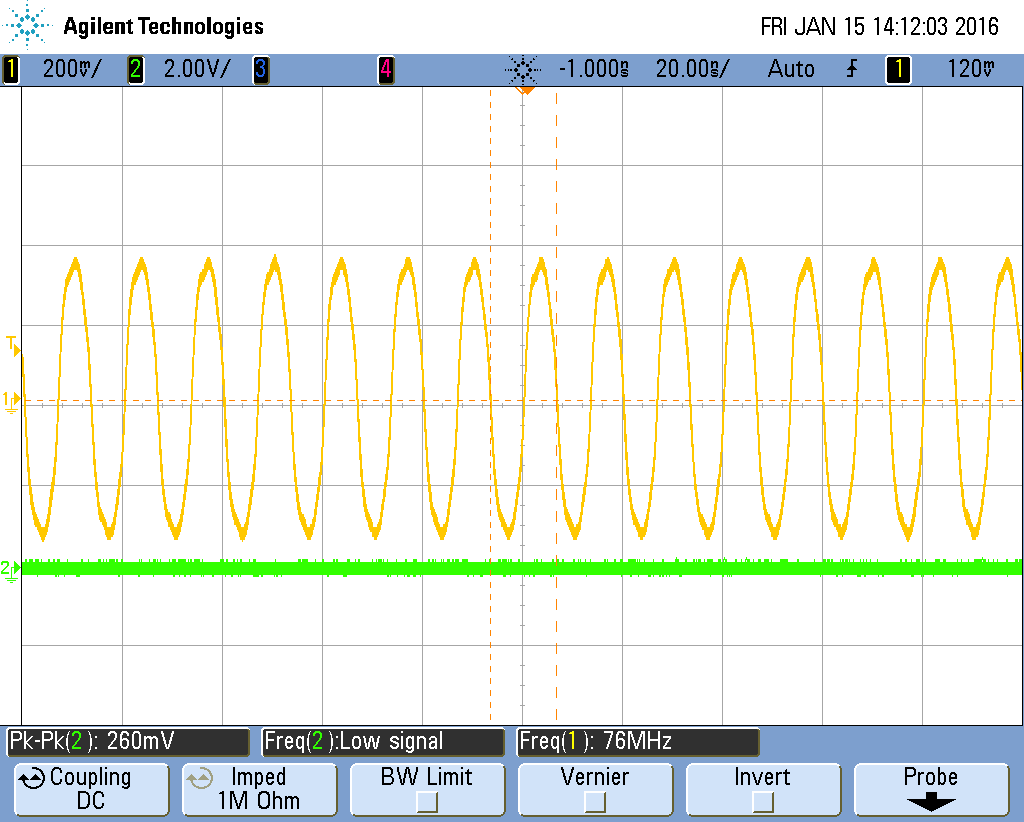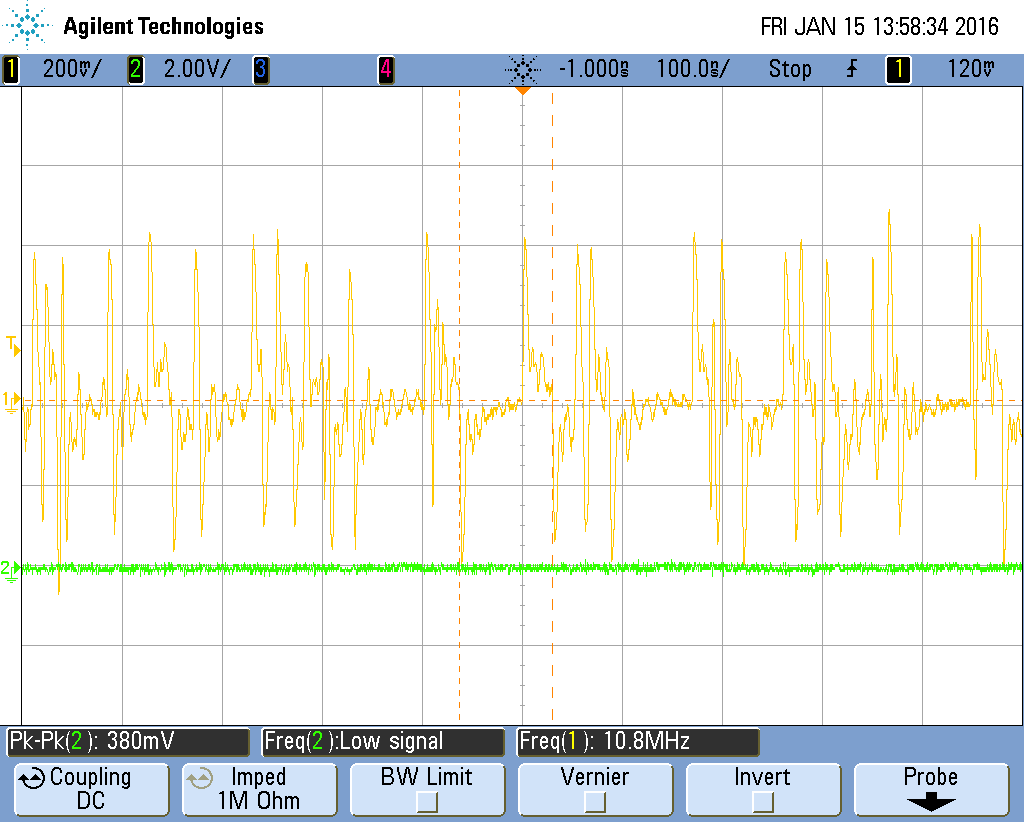Hello
I use the DAC3284 EVM with the DAC348x GUI Version 3.8 on Win7.
I use the internal clock an have a DACCLK of 75MHz in the test.
I can adjust some parameters of the DAC in the Digital Card, e.g. the Interpolation and the output signal reacts like i expect.
But when I press the "Send All" Button or do changes in the CDCEC62005Control Card, the output is going off, and the internal clock I use is off, too.
The CDCE registers are unchanged since power-up.
Have I wrong adjustments of the CDCE? Or what else could be a reason for that behaviour?
Thanks



